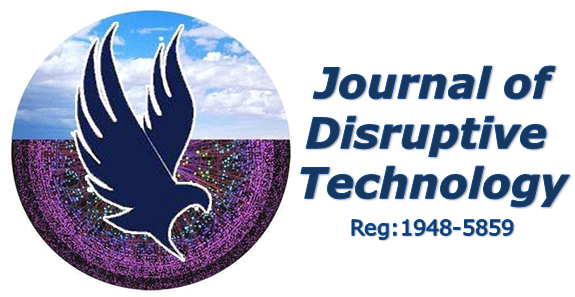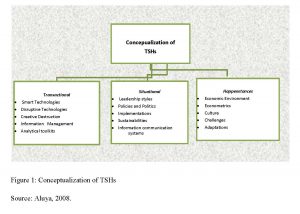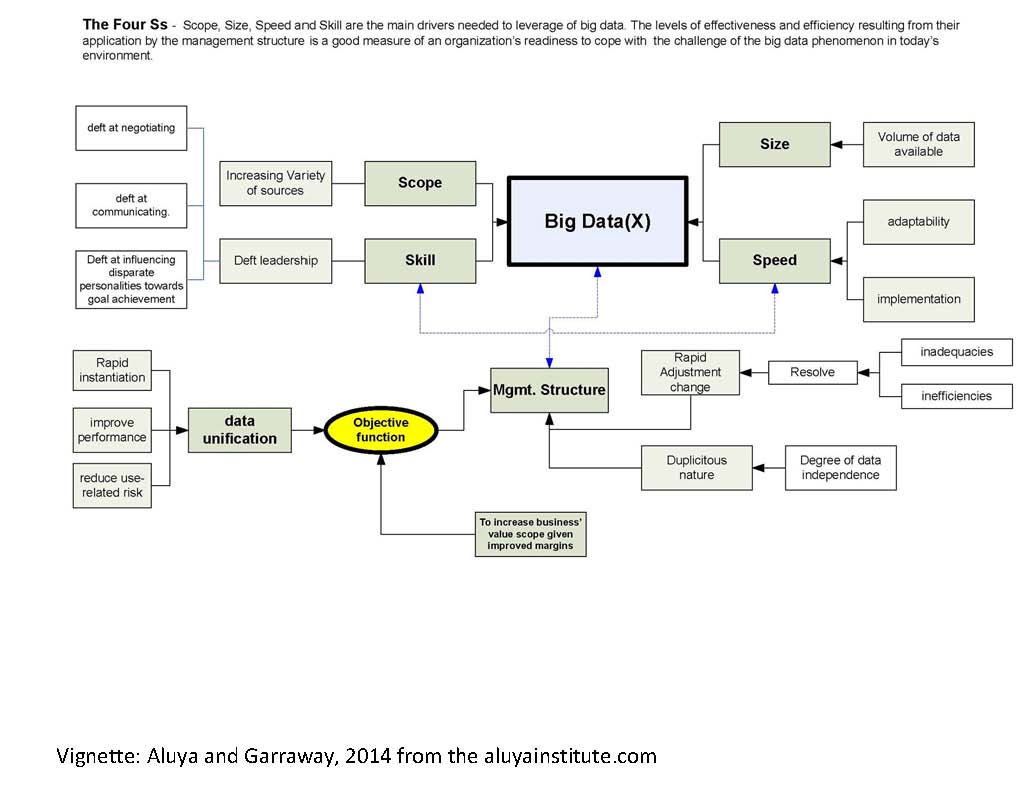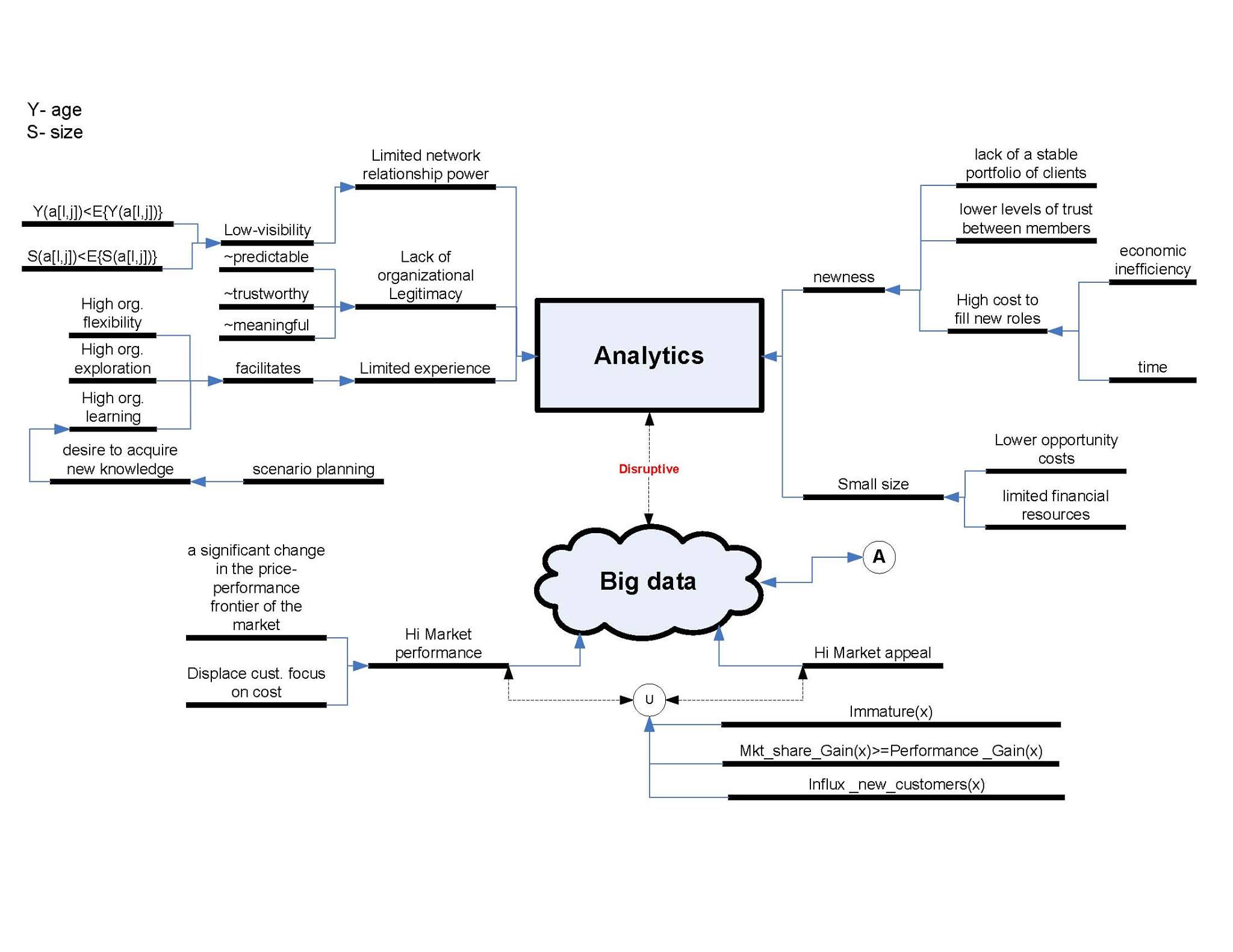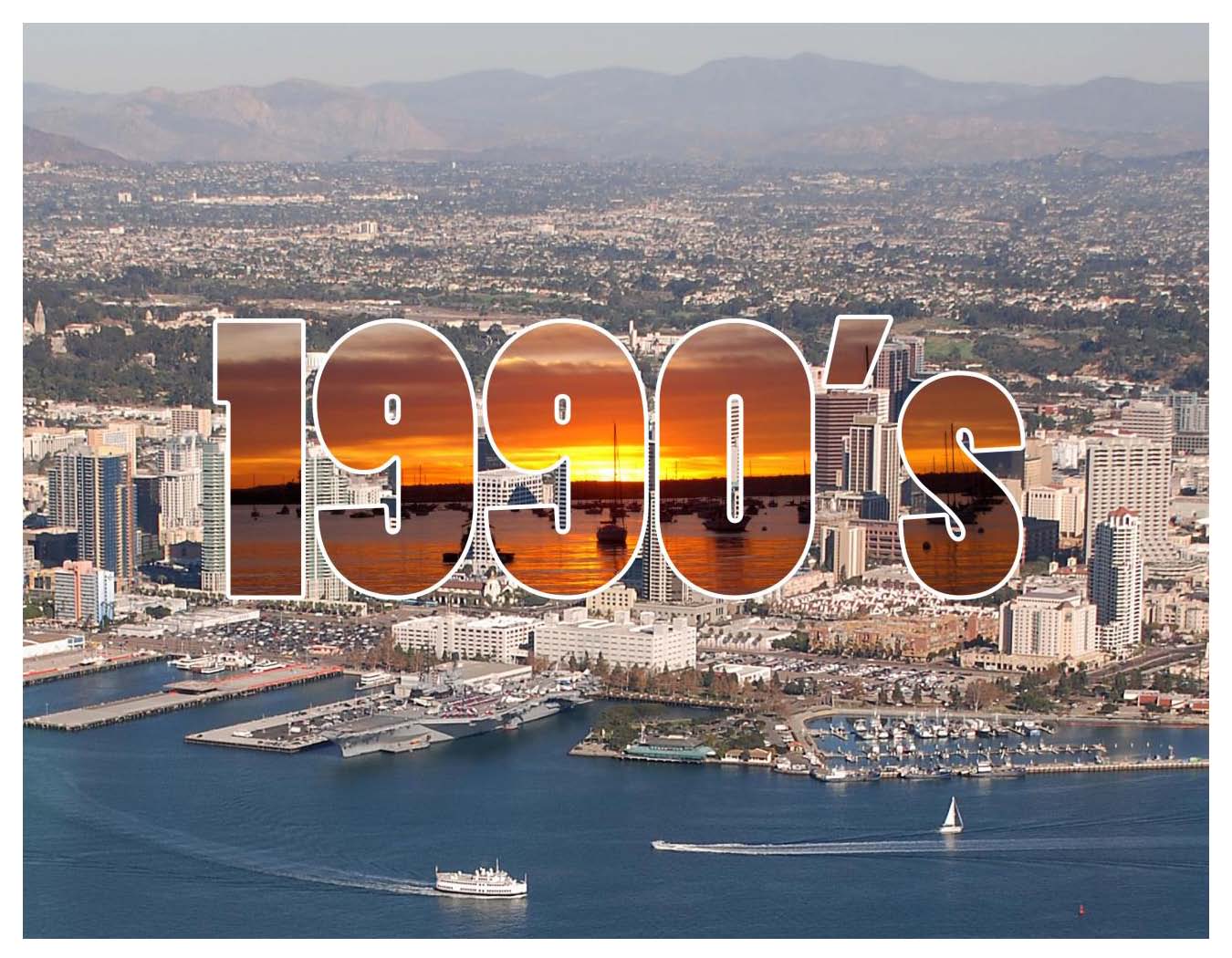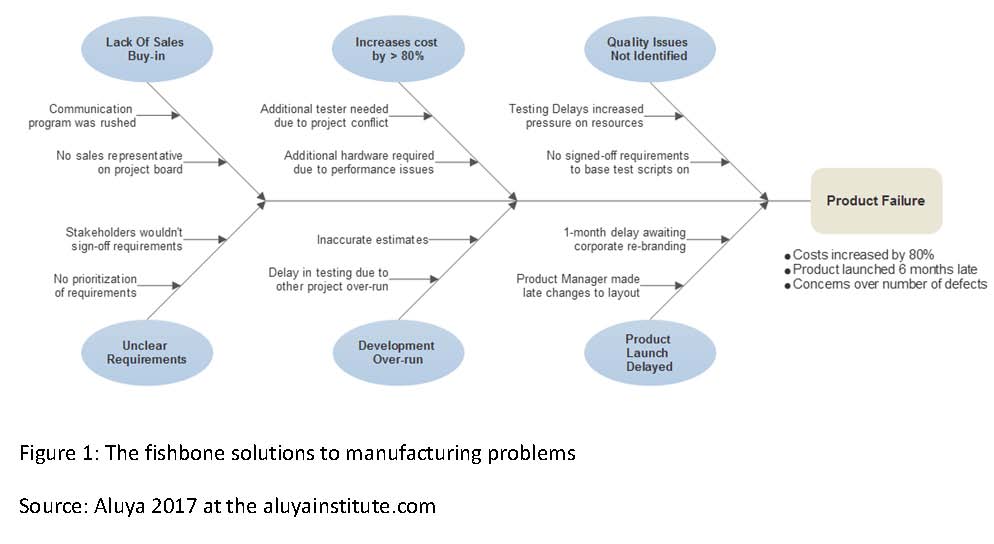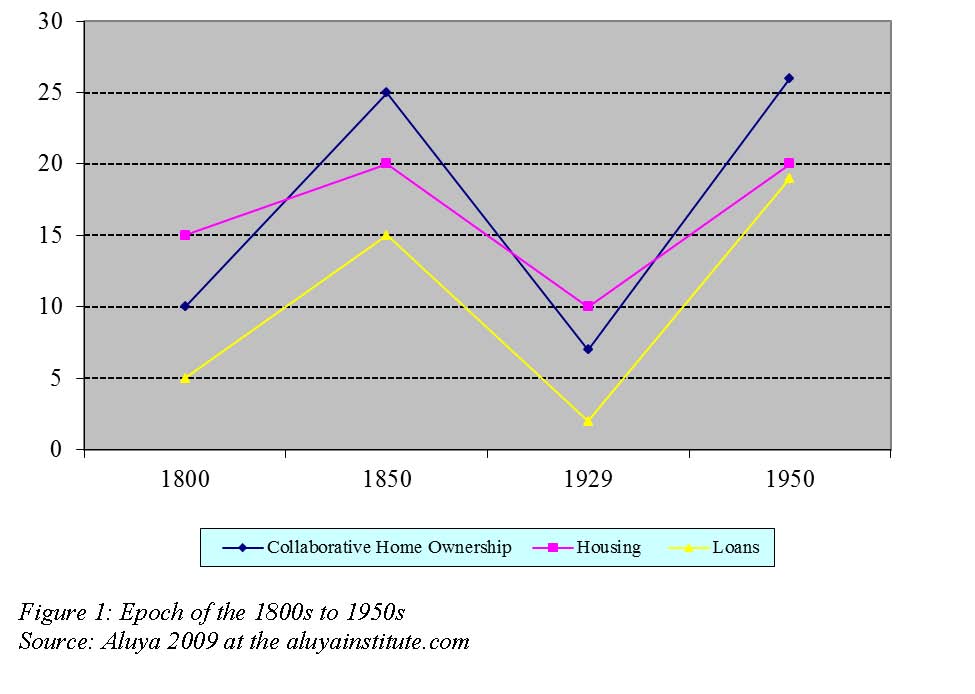A Case of Hewlett-Packard
Company background
Stanford University classmates Bill Hewlett and Dave Packard founded HP in 1939. The HP concept of nonlinear approach to technology and innovative technological happenstance(TSH) had led to its first product, built in a Palo Alto garage, known as the audio oscillator—an electronic test instrument that were used by sound engineers to enhance sound systems. Subsequently, the technological innovative sound equipment was eventually sold to Walt Disney Studios. Walt Disney Studios had purchased eight oscillators to develop and test as an innovative sound system for the movie Fantasia. HP historical use of TSH (see the conceptualization of TSHs below in figure 1) and this radical business model started during this period (Christensen, Verlinden and Westerman, 2002).
Figure 1: Conceptualization of TSHs
Source: Aluya, 2015
Apart from creating innovative technology hardware, HP has an insatiable appetite into acquiring horizontal and vertical technological businesses globally (Apollo Computer, 1989; Sanborn, 1965; Texas Instruments, 1992; VeriFone, 1997 and later sold it in 2001; and spun-off Agilent Technologies, 1999, StorageApps, Trinagy and Indigo, 2002). The previously mentioned businesses were acquired by the deft leaders of the company during embryonic stages of the company (Hoover’s Online— Hewlett-Packard History, 2008; Aluya 2017, 2015, 2010).
With TSH and a new radical business archetype, HP continued to deliver critical vital innovative technology for businesses and consumers. Incredibly, the company solutions have been span into Information Technology (IT) infrastructure, personal computing and access devices, global services, imaging and printing for consumers, enterprises and small to medium sized businesses (Magretta, 2002; Shapiro and Varian, 1999). Magretta (2002) purported that a business model tells a story about the economic value that encompasses profitability as it main driver or goal. Without any doubt, HP has been a global technology solutions provider (Hewlett-Packard Development Company, 2008). HP’s had budgeted over $4 billion for annual research and development investment that fuels the technological innovative happenstances for nonlinear innovative new products. And this was a process of using “creative destruction” machination to create technology inventions by disrupting the technological benchmark of the industry. “Creative destruction” was the ability of a company to effectively used business modular changes to radically change its platforms. Creative destruction was advocated by Joseph Schumpeter in 1942. Schumpeter was an erudite and witty economic thinker. In his typology, he indicated that the semi perennial gale and objective of creative destructiveness was the idyllicta purposed of scrapping off old or failing existing technological products and replacing them with newly creativities and in the processes, the anchored business model is changed (Garrison, Harvey and Napier, 2008; Greenspan, 2008; Smith, Ward and Schumacher, 1993).
Schumpeterian scholars advocated that “creative destruction” and the historical nuances inculcated in this theory remained a pathway or trajectory to growth in capitalism (Koster, 2012; Perry-Smith, 2006). According to Koster (2012), “creative destruction” helped deft leaderships emotionally and intellectually in the followings: a). Filter through the overwhelming data generated by genomic sequencing with continuous sensors. (b) To ensure that employees or managers have equal access to the available resources. (c) There might be potential use of eugenics (improving the quality of human lives). (d) Protection of genomic data (next generation of innovative technologies) from authorities and corporations enclaves (e) How and when the exorbitant upfront cost would offset current fiscal inefficiency, and (f) Preventing the formation of “cyberchondriacs (internet information).”
There was a complementary or competing hypothesis to the Schumpeterian growth theory. Some scholars advocated that “creative destruction” destroys job and does create massive economic turndown. That creative destruction standalone significantly does not lead to the environmental (TSH) conditions for creative innovations rather it was an outcome of the processes that have resulted to the creation of innovative jobs (Aghion and Howitt, 2009; Kolb and Kolb, 2005; Perry-Smith, 2006; Wallas, 1926).
The present CEO of HP is Dion Joseph Weisler took the helms of affairs from CEO Margaret Whitman. Inexorably, the nonlinear approach compounded with the TSH adds business value, create social value and improves the lives of customers. According to the former CEO Hurd (Hewlett-Packard Development Company, 2010), “everything we do must be for the customer, if it’s not, we need to reconsider why we’re doing it” (p.1). Another chief executive officer Margaret Whitman took the herms of affairs from Léo Apotheker and Cathie Lesjak. Cathie Lesjak was the interim chief executive officer from August to October 2010 when formal CEO Hurd replaced or terminated.
According to Sonnenfeld (2105), Carly Fiorina as a CEO from 1999 to February 9, 2005 was a disaster to the company because of the followings: a) she refuses to learn from failure. If properly understood, failure is a badge of honor for heroic leadership. Steve Jobs, Martha Stewart, Vanguard founder Jack Bogle, Anne Mulcahy of Xerox and Ellen Kullman of DuPont have all faced crushing adversity and rebounded from it. Walt Disney, Henry Ford and four U.S. presidents—Abraham Lincoln, Ulysses S. Grant, Thomas Jefferson and William McKinley all rebound from failures, b) she manipulate skewed data and metrics peer comparisons. Fiorina shows that revenue has double while cutting half company’s value. She doubled talk about employment at HP while adding up employment of two huge firms and lay off 30,000 employees, c) Her decisions were irresponsible. At HP during her tenure, she abruptly pivoted from a strategy of chasing IT services to a splashier, but less sound strategy of ramping up in device manufacturing, and d) she has no emotional skill and very intolerant of dissent and critics.
This case study includes the following:
- Decentralization of HP
- Significance of HP internal culture to leadership in organizations
- People management
- Performance management
- The HP/Compaq merger significance to leadership
- External environment considerations and significance to leadership
- Internal environment considerations
- Job design strategies
- Similarities of HP/Compaq lesson to leadership
- Similarities—organizational culture
- Integration of HP/Compaq
- Effect of global prostrated on HP’s stream of revenues
- Summary and references
Get a copy of this study here at http://www.jofdt.com/product/a-case-of-hewlett-packard/
